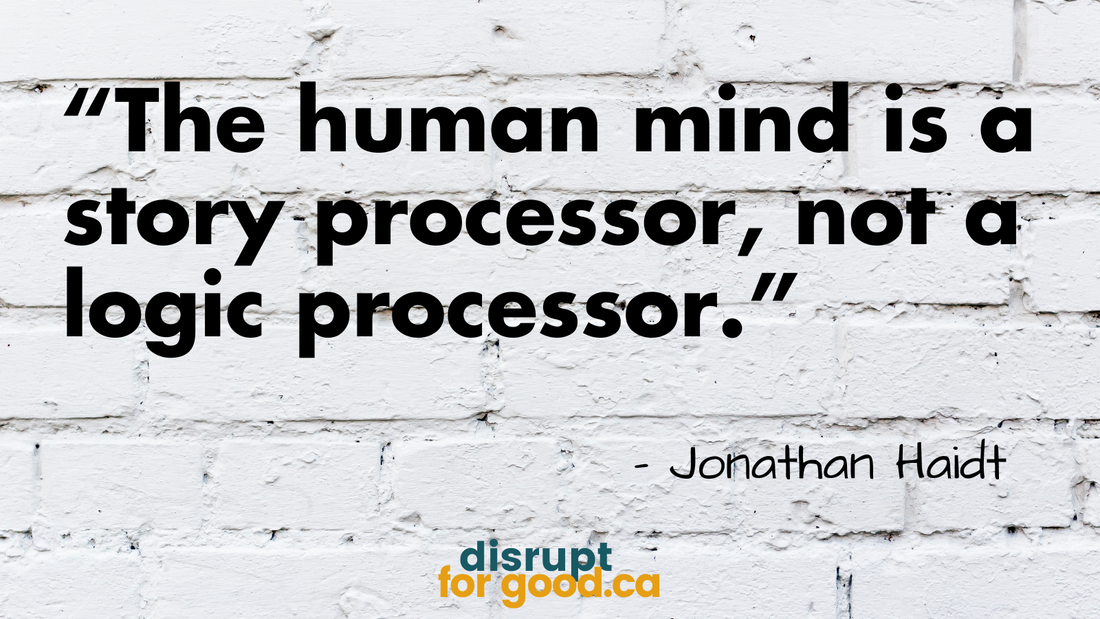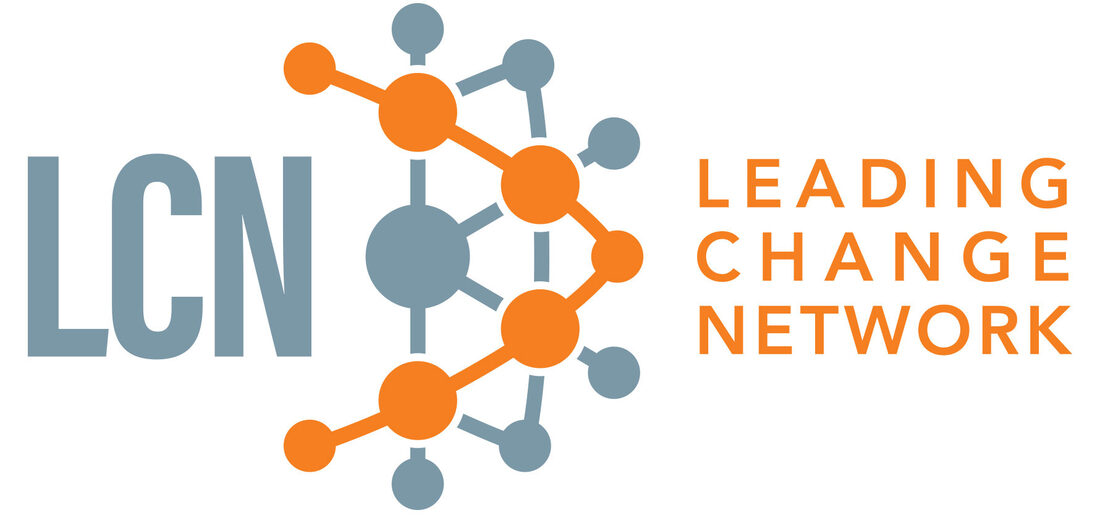|
As a reminder, this is part deux of last month’s blog post inspired by Story or Die by Lisa Cron. I left you at the end of chapter 4, completely convinced of the power of story, ready to turn the page into the section entitled “Your Audience, Their Story, Your Point.” And friends, I will tell you now, I had high hopes that for $22.99 plus applicable taxes, I had stumbled onto the guide that would help me, and us, tell the stories that would persuade everyone to do what we want them to do. Unfortunately, although there are soooo many good tips and points and case studies, I have not been able to easily apply the principles of how to get into our audience’s mind just yet. Cron notes that you can’t just ask them, because, well, they will probably tell you what they think you want to hear, or maybe don’t want to tell you the real reasons or motivations because it makes them vulnerable, or they might not know the real ones anyway.
However, there were several good takeaways on crafting our own story that can help make our storytelling better. Basic Story Template Cron says that whether we are creating two paragraphs, a sixty-second video, or a thousand-page saga, the same principles apply for it to be persuasive. And it isn’t the hero’s journey or any plot structure - it is built on the biological purpose of a story:
This is what Cron calls an emotional chain reaction. Paul Zak says that “Narratives that cause us to pay attention and also involve us emotionally are the stories that move us to action.” She also notes that it isn’t the external conflict in a story that makes us pay attention. The protagonist’s internal struggle is the core conflict that hooks us. The misbelief they may have (they aren’t brave enough, they aren’t fast enough) versus the truth (that they indeed are brave enough and/or fast enough). The “aha” moment where they realize the truth transforms them, and they can take action. Just like we want our audience to do. Also, the protagonist is almost always a stand-in for our audience, so they see how they can be the hero. There is an exception, which I think might apply to us when our audience is policymakers or donors: sometimes, she says, the protagonist makes the audience feel like they’re the real protagonist. She uses an example of a video by WATERisLIFE where the protagonist is a 4-year-old boy in Kenya, where 1 in 5 children have a chance of dying before their 5th birthday due to unsafe drinking water. That 4-year-old can’t solve the problem he is facing. But we can, with our donations. Side note: I think this is where we need to pay attention, because our best fundraising story is not necessarily our best policy advocacy story. Our audience needs to see their role in our story, so we need to keep our audience in mind. But also, for ethical reasons, we need to not position the people we support as props in the story who need saving. This is a whoooooole other post for another day, although we've touched on it a bit in this earlier post. Summary Does Note Equal Story We’ve all heard someone try to retell a story and instead they give a summary, and it has zero of the appeal of the original story. Hell, I’ve heard people summarize MY stories, and watched them fall flat. As Cron says, “don’t explain it to me. Put me in the protagonist’s skin so I can experience it for myself.” This is a useful reminder. Get Specific She gives the example of Senator Elizabeth Warren’s story about growing up in Oklahoma: “And about the time I was in middle school, my daddy had a heart attack. And it was serious. Thought he was going to die. The church neighbours brought covered dishes. It was a scary time.” Senator Warren could have said “our friends were very supportive” but she said “the church neighbours brought covered dishes.” The first conjures no image. The second does. Not only does it paint a picture in our minds, it holds layers of identity about Senator Warren, who she is, who her people are, and their character and values. That one detail communicates so much. Our Turn Cron offers multiple excellent case studies and examples of how to craft a good story. If this is something you are interested in, you should totally just read the book. Or maybe we should all just hire her to help us write our stories. She’s really good at it, and honestly, the stakes are so high right now with the advocacy we are doing, we need to bring our 'A' game. Remember: try to zero in on your audience's story and most core, base values (when in doubt, Cron says we all mostly want to belong in our tribe). Be specific, put your audience in the protagonist's skin (but not in a creepy way), and aim for that emotional chain reaction that will make them care and spur them to action. If you use any of these tips in your one storytelling, let me know - I’d love to hear about it!
0 Comments
Leave a Reply. |
AuthorI'm Jennifer. I am an advocacy and communications strategist working with multiple charities and nonprofits. And I want to disrupt our sector for good. Archives
April 2024
Categories |


 RSS Feed
RSS Feed
